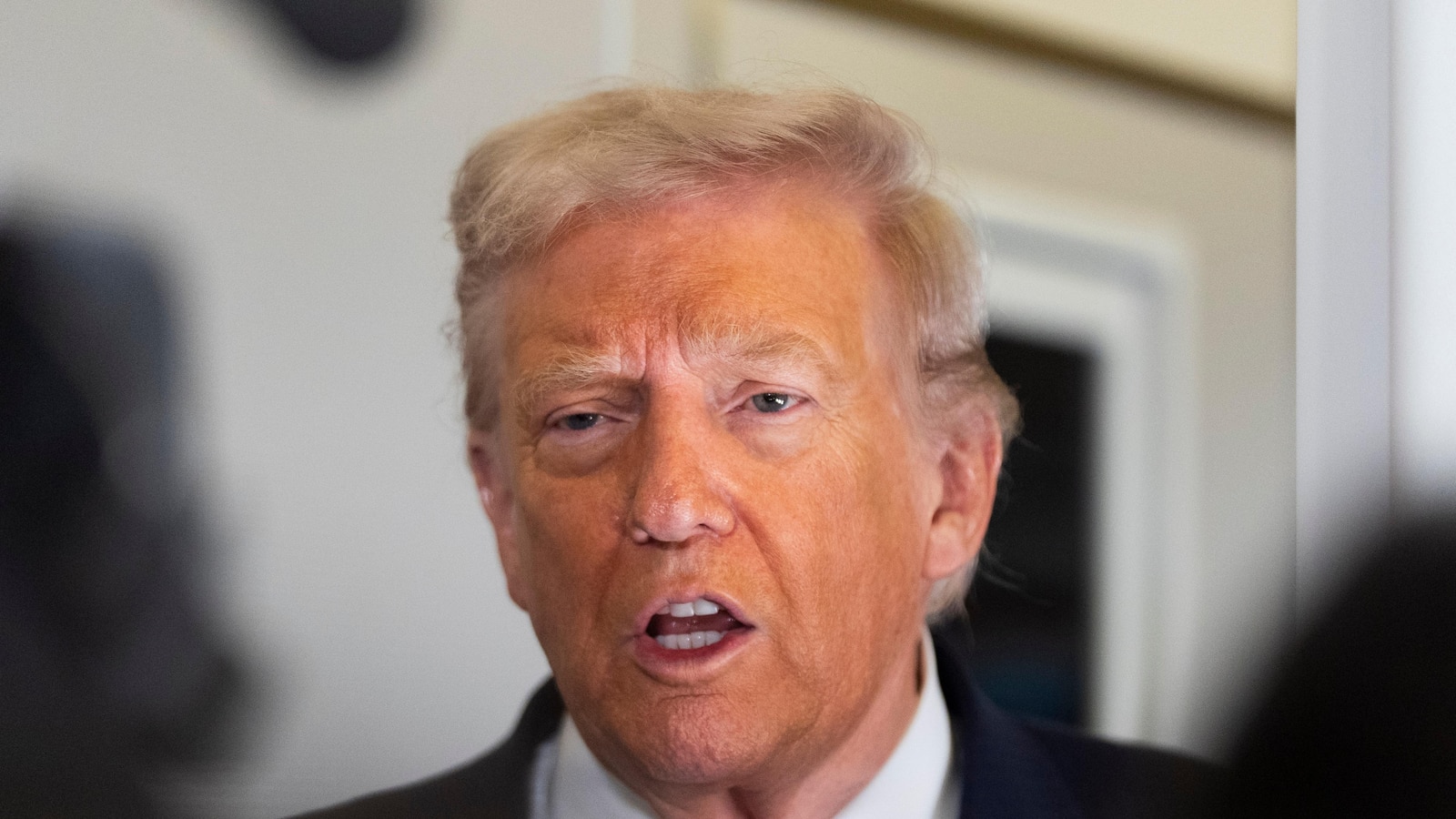Tricolor, a major subprime auto lender specializing in buyers without social security numbers or credit histories, is going out of business.
The company filed for bankruptcy on Wednesday. Most companies that file for bankruptcy intend to stay in business. But Tricolor does not – it plans to liquidate. Tricolor has not been available for comment.
Tricolor’s failure is bad news for buyers who depend on such lenders, often undocumented immigrants – a particular focus of the Texas-based company. It’s also not great for the major banks invested in Tricolor’s debt backed by its loans.
But Tricolor’s problems aren’t likely to upend the broader financial services industry the way the subprime mortgage lenders did in 2008, nearly bringing about a new Depression. Those loans gave birth to what became known as “toxic assets,” forcing the federal government to pour billions into each of the nation’s major banks to stop a complete seizure and collapse of the US economy.

Subprime auto loans, even questionable ones like the low documentation loans Tricolor offered, are a very different animal than the subprime mortgage loans of the early years of this century.
“It’s not something to worry about in terms of a market collapse,” Pamela Foohey, a law professor at the University of Georgia and an expert in both auto finance and bankruptcies, told CNN Thursday. “I think it’s troubling for people that they take out subprime loans and then potentially have their cars repossessed if they can’t afford the payments.”
What subprime loans are, and are not
“Subprime,” whether it be for mortgages or car loans, refers to borrowers with weak credit scores. However, there are many important differences between subprime mortgage loans and subprime auto loans, Foohey said.
First, the entire auto loan market is only a fraction of the size of the home mortgage market – one-eighth the size, according to the Federal Reserve.
And auto loans are not as leveraged, Foohey said, meaning they’re not bundled into bonds and sold to other investors as often as mortgages were just before the housing market collapse of 2008.
But more importantly, unlike home prices in 2007 and 2008, car values are holding steady or rising. And cars are a depreciating asset.
That means auto lenders, or those buying the bonds backed by the loans, aren’t expecting cars to increase in value over the life of the loan. Mortgage lenders, and those buying mortgage-backed securities, were counting on home prices in the aughts to keep rising to bail them out of any bad loans.

“The biggest difference is the expectations of the lenders of what will happen with the assets – the cars – when the buyers default,” said Foohey. “In many ways, subprime auto lenders actually expect borrowers will default and they’ll get the cars back pretty quickly at some point and then resell it.”
For homeowners who miss payments, they can fight foreclosure and stay in their homes for an extended period of time. Even when a lender takes possession, reselling the home at a price high enough to cover the cost can be difficult and time consuming.
That’s not the case with car loans.
“When car buyers default, the underlying laws … (allowing) lenders to get back the cars are radically different than with homes,” she said.
And getting the cars back is relatively straightforward.
Many subprime lenders build GPS features into cars to make it easier for teams repossessing the vehicles to find them. The lenders can even disable the ignition of the cars to prevent owners from driving them once they’ve defaulted on the loan.
Even if it doesn’t match the size and scope of the home mortgage market, the car loan market is still sizable.
Car purchases are the second largest purchase most households make, if not the largest. The Federal Reserve put total car loan balances at $1.7 trillion as of the end of June, compared to $12.9 trillion for mortgage loans.
Of the overall car loan market, subprime auto loans made up between 15% and 16% during the last three years, according to data from Experian. And the part of that market considered “deep subprime,” where Tricolor operated, accounts for less than 2%.
High interest rates and near record car prices have resulted in huge car payments for many borrowers. More than 15% of all new car payments, including both loans and leases, are more than $1,000 a month, a record share, according to Experian.

Subprime borrowers and deep subprime borrowers are not likely to buy new cars. About 23% of used car loans go to subprime borrowers, with about 3% to “deep subprime” borrowers. But even used car loan payments are at record levels. Four percent of used car loans are also more than $1,000 each month, with another 26% between $600 and $1,000, according to Experian.
It’s not just subprime borrowers affected by Tricolor’s bankruptcy – the company also bundled together its loans to sell them to other investors, including banks. Tricolor’s filing said that its liabilities range between $1 billion and $10 billion, but also listed assets in the same range. The secured lenders listed among its creditors are JPMorgan Chase, Barclays and Fifth Third Bank.
Fifth Third said in a filing last week that it has discovered fraud in its relationship with a commercial borrower and that it is working with law enforcement on that case. It also said it expects to take a charge of up to $200 million related to the losses.
A spokesperson for Fifth Third confirmed to CNN Thursday that Tricolor is the commercial borrower referred to in that filing. Tricolor’s bankruptcy trustee did not immediately respond to a request for comment on Thursday.
Correction: A previous version of this story misstated the total car loan balances as of the end of June. It was $1.7 trillion.

